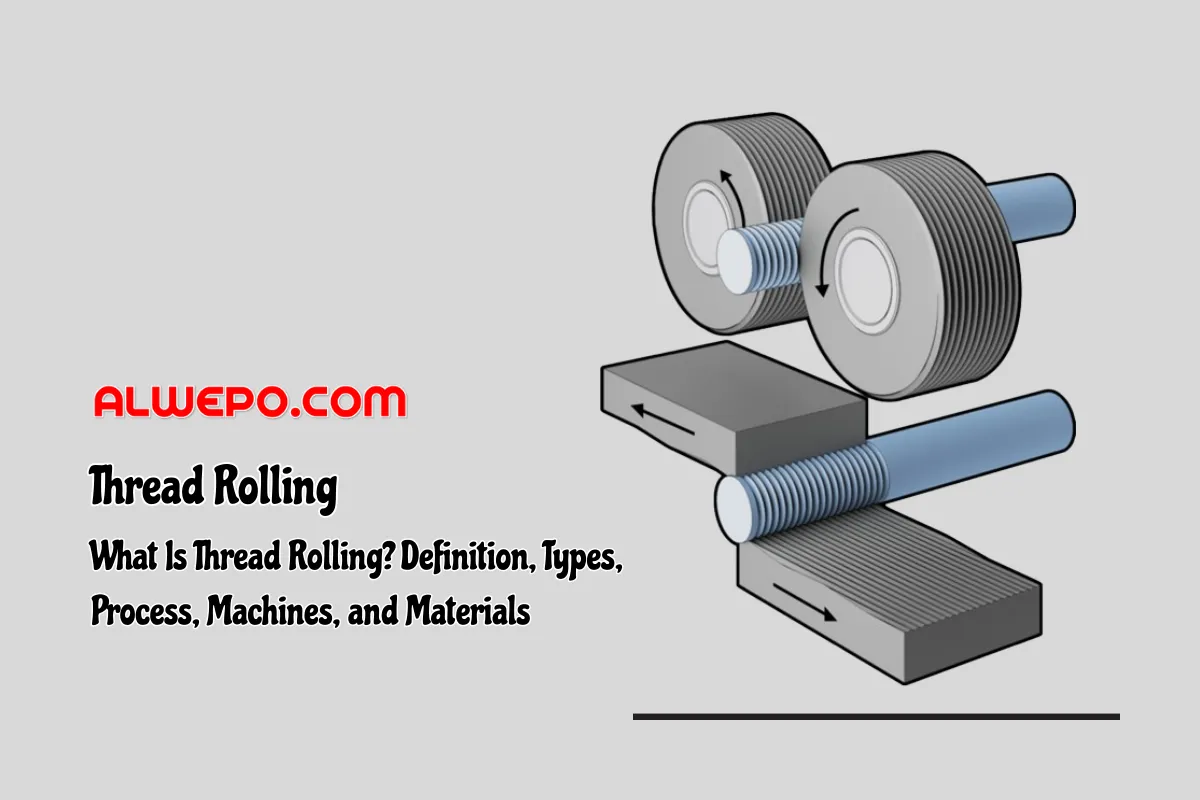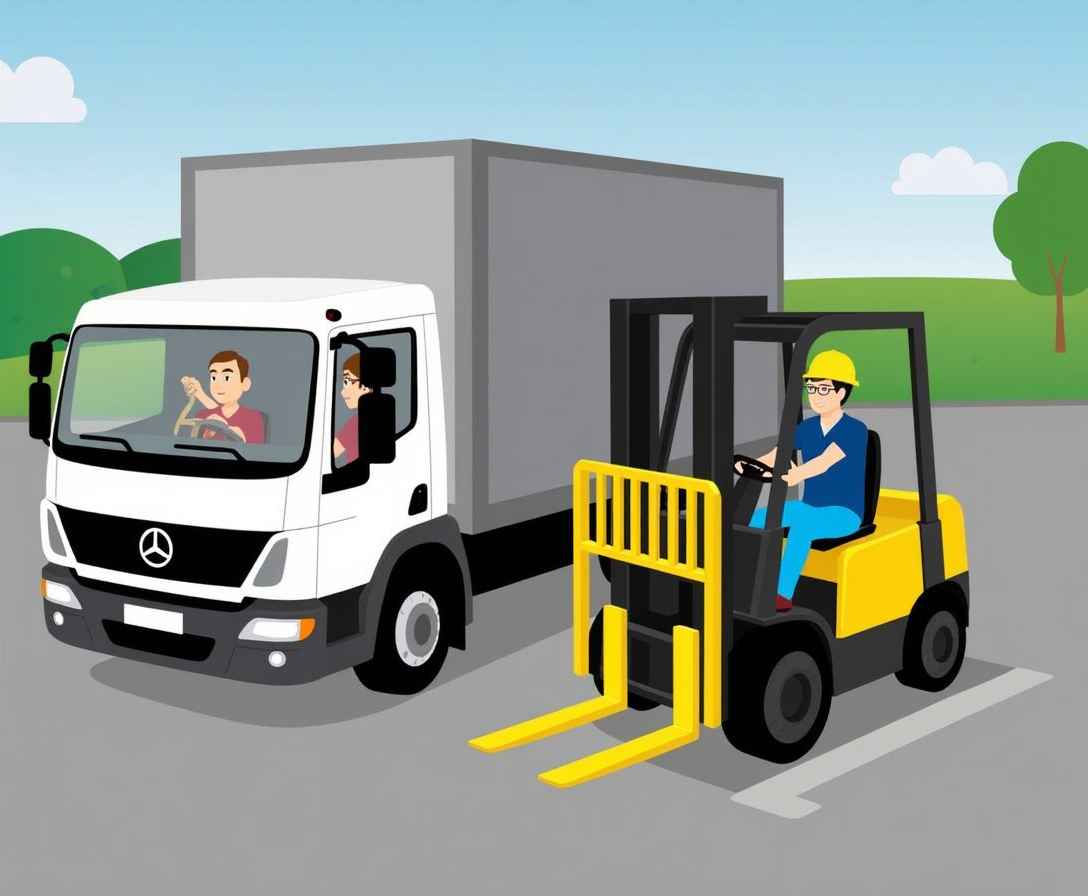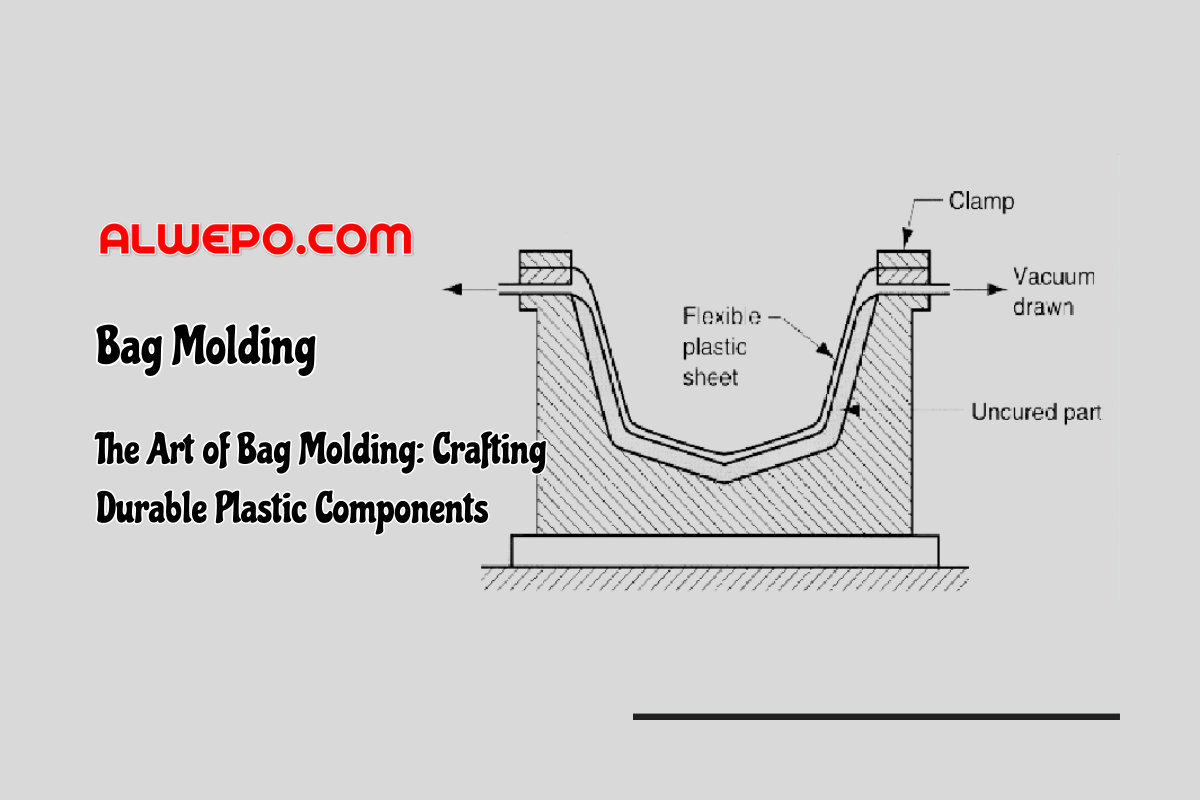
A well-structured maintenance checklist for excavator hydraulic systems is not just a formality—it’s a strategic tool that ensures operational efficiency, prevents costly breakdowns, and extends the lifespan of heavy machinery. Below are the key reasons why this checklist is indispensable for operators and fleet managers.
1. Ensures Systematic & Consistent Maintenance
Hydraulic systems are complex, with multiple components (pumps, valves, hoses, cylinders) that require regular inspection and servicing. A checklist:
✔ Standardizes maintenance procedures – No steps are missed.
✔ Tracks service history – Helps identify recurring issues.
✔ Ensures compliance with manufacturer-recommended schedules.
Without a checklist, maintenance becomes reactive (fixing problems after failure), leading to higher downtime and repair costs.
2. Prevents Costly Hydraulic Failures
Hydraulic system failures are among the most expensive repairs in excavators. A checklist helps:
✔ Detect early signs of wear (e.g., oil contamination, hose leaks).
✔ Avoid catastrophic failures (e.g., pump seizure, burst hoses).
✔ Reduce unplanned downtime – Critical for project deadlines.
Example: A clogged filter (if unchecked) can lead to pump failure, costing $5,000+ in repairs vs. a $50 filter replacement.
3. Maximizes Machine Performance & Efficiency
A well-maintained hydraulic system:
✔ Delivers full power – No loss of digging force or speed.
✔ Operates smoothly – No jerky movements or lag.
✔ Conserves fuel – Clean oil and filters reduce energy waste.
Data shows that excavators with scheduled maintenance have 15–20% better fuel efficiency than neglected ones.
4. Extends Excavator Lifespan
Hydraulic systems degrade due to:
-
Contaminated oil → accelerated wear
-
Overheating → seal & hose damage
-
Overloading → premature cylinder failure
A maintenance checklist doubles or triples the lifespan of hydraulic components, delaying costly replacements.
5. Enhances Safety for Operators & Worksites
Faulty hydraulics can cause:
⚠ Sudden drops of heavy loads (boom/arm failure).
⚠ Hydraulic oil leaks (fire hazard).
⚠ Uncontrolled machine movements (valve malfunctions).
A checklist reduces accident risks by ensuring all safety-critical components are inspected.
6. Reduces Long-Term Operating Costs
-
Preventive maintenance costs 5x less than emergency repairs.
-
Proper oil/filter changes prevent sludge buildup, avoiding $10,000+ pump overhauls.
-
Early leak detection saves thousands in lost hydraulic fluid.
7. Simplifies Compliance & Record-Keeping
Many industries require documented maintenance logs for:
✔ Warranty claims (void if using non-genuine parts or missing services).
✔ Safety audits (OSHA, ISO standards).
✔ Resale value – Well-documented machines fetch 20–30% higher prices.
Maintenance Checklist Table
Here’s a detailed Maintenance Checklist Table for Excavator Hydraulic Systems to help prevent power loss and ensure optimal performance:
Excavator Hydraulic System Maintenance Checklist
| No. | Maintenance Task | Frequency | Check Points | OK? (✓/✗) | Remarks |
|---|---|---|---|---|---|
| 1 | Check Hydraulic Oil Level | Daily / Before Use | – Oil level between MIN-MAX marks – No visible leaks around hoses & fittings |
||
| 2 | Inspect Oil Condition | Every 250 Hours | – Color (clear/amber = good; dark/milky = contaminated) – Check for metal particles |
||
| 3 | Replace Hydraulic Oil | Every 1,000–2,000 Hrs | – Drain completely – Flush system if contaminated – Refill with OEM-specified oil |
||
| 4 | Replace Hydraulic Filter | Every 500 Hours | – Inspect for clogs – Use genuine filters |
||
| 5 | Inspect Hoses & Seals | Weekly | – Cracks, bulges, or leaks – Tighten loose fittings |
||
| 6 | Check Hydraulic Pump | Monthly | – Unusual noises (whining/knocking) – Pressure test (if gauge available) |
||
| 7 | Inspect Control Valve | Every 500 Hours | – Smooth operation – Clean spool valves from debris |
||
| 8 | Bleed Air from System | After Oil Change | – Operate all cylinders to remove air bubbles | ||
| 9 | Monitor System Temperature | During Operation | – Normal range: 120–180°F (50–80°C) – Check cooler for blockages |
||
| 10 | Avoid Overloading | Always | – Stay within rated capacity – Use proper attachments |
||
| 11 | Use Genuine Parts/Oil | Every Maintenance | – Verify OEM certifications – Avoid counterfeit products |
||
| 12 | Record Maintenance in Logbook | After Each Service | – Date, hours, parts replaced, oil type used |
How to Use This Checklist:
-
Print or digital copy: Keep in the excavator’s cabin or maintenance office.
-
✓/✗ Marking: Indicate completed tasks and note issues in “Remarks.”
-
Priority repairs: Address ✗ items immediately to prevent further damage.
Pro Tip:
-
Color-code the table (e.g., red for urgent tasks, green for routine checks).
-
Attach photos of leaks/wear in the “Remarks” column for reference.
This checklist ensures system longevity, reduces downtime, and saves repair costs. Customize intervals based on your excavator’s manual!
Conclusion: A Checklist is Non-Negotiable
A hydraulic maintenance checklist is a small investment with massive returns:
✅ Fewer breakdowns → Higher productivity
✅ Lower repair bills → Better profitability
✅ Longer machine life → Higher ROI
Implement one today—your excavator (and wallet) will thank you!














